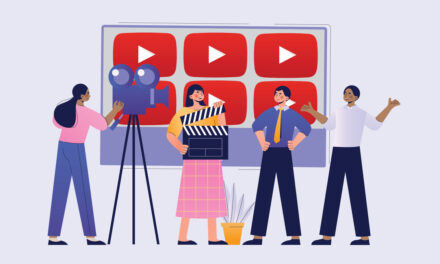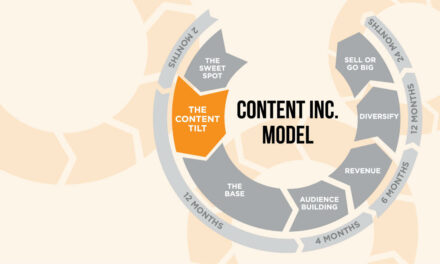Scout Analytics last week announced a new research division, Scout Research, which is “dedicated to providing revenue intelligence for digital publishers,” according to the Issaquah, WA-based company that calls itself “the leader in digital revenue optimization for publishers.” Scout kicked off its new venture with an analysis of the age-old problem of the print vs. digital revenue models.
“In the print model, the publisher makes money on distribution of media; online, they only get money for consumption of media,” says Scout’s SVP of Strategy, Matt Shanahan. “When you are in a distribution model-whether or not that’s consumed-you are paid for the distribution. In the consumption model you are only paid for what people actually consume.”
In conducting its analysis, Scout looked at a print magazine with a circulation of 100,000. “Essentially what we calculate is that, for instance, in a scenario of 100,000 print circulation [for a weekly magazine] with a pass along of about 1.75-which is conservative-that you would create 273 million advertising impressions in a year,” says Shanahan.
Online, however, an audience of 100,000 would only generate 155 million advertising impressions annually. “You’re talking about a 47% decrease in advertising inventory,” says Shanahan. This sharp decline is due to the fact that “in the print model, the publisher makes money on distribution of media; online [publishers] only get money for consumption of media,” says Shanahan.
In the digital world, advertisers are dealing with much more competition for consumers’ attention. “Online you average four ads per page view so it’s a four to one ratio,” says Shanahan. Typically, print is much less cluttered, with fewer ads than pages of editorial content, says Shanahan. “You might have 30 ads in a 50 page magazine; that’s a .6 to one ratio,” he observes.
All in all, the digital model has “a lot of inherent problems” for publishers, points out Shanahan. “Right now, even though you are getting four ads per page view that still can’t make up what they used to do in print with a lot fewer ads per page.”
What does this mean for the future of digital advertising?
“It means digital advertising will never have the revenues print advertising had,” says Shanahan.
“And publishers need to seek alternate revenue streams.” This, of course, is of little to surprise anyone in digital media.
Shanahan concludes “that the monetization shift from media distribution to media consumption dramatically lowers monetizable impressions and revenue capacity – the digital drop-off.”
He continues, “Just as digital music wiped out the margins for album sales and pushed artist revenue to concerts, digital is shifting media revenue from advertising to other streams. Whether it is subscriptions, ecommerce or events, the lost revenue capacity in advertising will have to be backfilled by other revenue streams.”
Scout also stresses the need to know who is visiting your site. “The other thing we really have been focusing on is why you should never allow for anonymous access to a website,” says Shanahan. Scout has run models on this topic, he says. “If I actually have your email address versus I count on you to come to my site, I can get 15 to 20 times more page views from you-because I can push content. I can say, ‘Hey did you know about this?’ So I can personalize and push it to you.”
According to Shanahan, websites should at the least ask visitors to register. Without registration there’s “no way to build a relationship” with the site visitor and it is also “very hurtful to the advertising model.”
He adds, “Consumers want content to be free but publishers don’t and I think that’s really the choice that publishers have to decide-that either their consumer is willing to pay for a subscription or their advertisers are willing to underwrite the content. But you’ve really got to get on that online business model and make sure content is never given away for free.”






